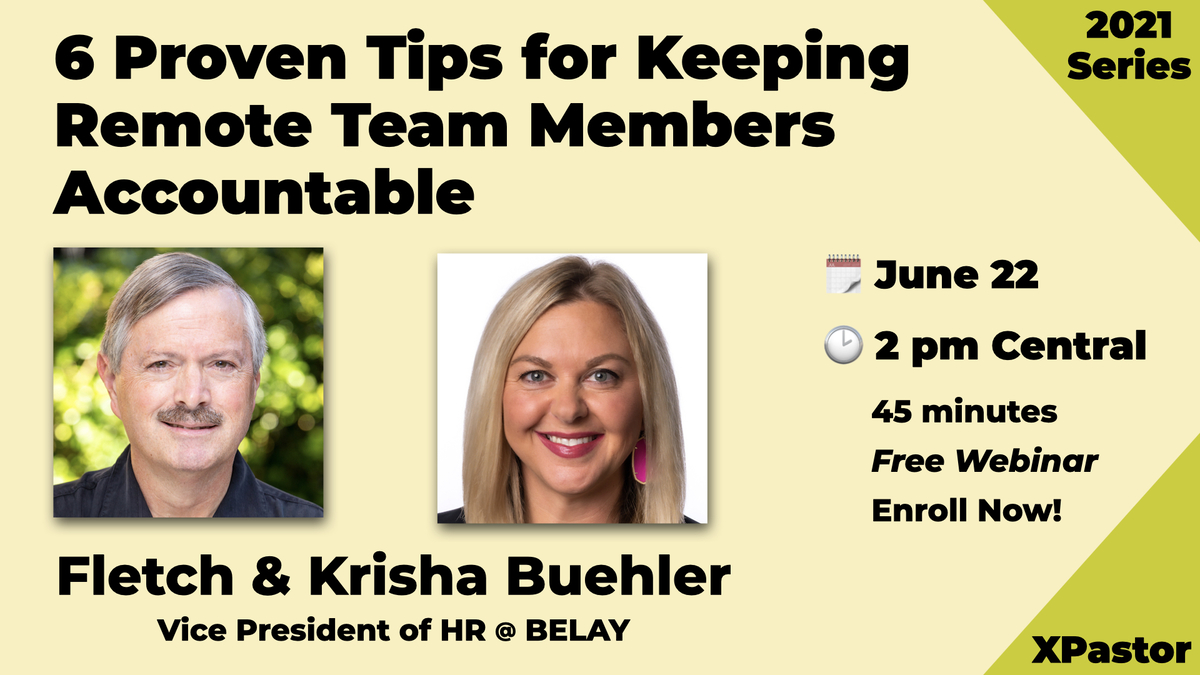There is much conversation these days regarding the Great Resignation. Is it coming? Yes, for some. For those of you that would actually prefer to retain your best team members, start by creating a culture of strong vision, clear direction, ongoing development and opportunity for advancement. You also need to encourage a sense of balance and define the rules of engagement.
Expectations need to be managed in an Always On world. Whether you’ve been together all along, just returning to face-to-face after months of virtual work, or somewhere in between, there is growing consternation by leaders and team members regarding how we manage technology inside and outside the work environment.
Many organizations are creating policies around what we won’t allow and what you can’t do. When attempting to manage behavior, providing clarity and guidance around how we do use tech has better outcomes in creating healthy culture than policies about how we do not use it.
How we use technology entails platform, permission and protection. In your next team meeting, start with a positive statement:
As part of our team, we want you to thrive, grow and contribute at a high level. Technology is a powerful tool, however, it can also be a distraction, even a detriment to healthy relationships both at work and at home. Here are some helpful ideas around how we, as a team, leverage technology in healthy and productive ways.
Let’s begin by defining platform.
Platform
Which platforms do we use and for what purpose? For example, some use text for today, email for tomorrow. Slack and GroupMe are also good for specific teams and departments. Provide both freedom and clarity. If your organization is paying for a platform, equip and encourage your team for maximum adoption.
As a general rule, email is an excellent platform for more formal, work-related conversations, requests and documents. It is not always a great platform for immediate action or response.
My Gen Z daughter has nearly 1,000 unopened emails on her phone! Clearly not her platform of choice. Therefore, I’ve not sent her an email in over two years!
To maximize email, consider creating a text-like abbreviation system that everyone can easily learn and use to identify their personal engagement with the email. You simply include the abbreviation in the subject line following the main point.
Examples of main points in email subject lines:
- FYI—recipient understands this is For Your Information only
- IAR—Immediate Action Required
- PRB—7/25/21 Please Respond By – w/date
- EOM—End of Meeting. This would be a recap or notes from a conversation
- NRR—No Response Required or NRN—No Response Necessary
- TODO—I am delegating this to you, it’s now your responsibility
It will take time and intentionality to build this into your culture but it will serve you and your team in creating healthier engagement in your email communications.
For text and group platforms, such as Slack, GroupMe:
- A message on these platforms says, “I need you to respond right away, within reason, to my request.”
This is best used by teams, direct reports and those with a personal responsibility to act in the moment.
Avoid clutter and noise for your team. Don’t include people in a group email or text that don’t have a direct responsibility to act. They can and should be informed in subsequent communications and conversations. Communicate this as a positive so they are not perceived as being excluded.
Steer clear of social media platforms. Pinging a team member on Instagram, FB Messenger, Twitter or LinkedIn regarding an organizational, job-related issue or task because you saw they were online? No! Just … No!
Permission
Once you’ve established the purpose of each platform, you need to teach, train and permit your team regarding the expectations around each one. Do not expect staff to be on 24/7.
Email—If I send you an email after hours, please assume I do not expect a response until the next business day.
Text, Slack, and others—I do expect a response as this is an emergency. This requires you as a leader to discipline yourself around what does and does not constitute an emergency.
You don’t pay your team members 24/7, this means they don’t actually work for you 24/7.
Protection
Make sure you’ve got your team’s back on this. Once you’ve determined the platform and granted the permission to turn off, you cannot let them get in trouble with you or anyone else on the team for following the rules of engagement.
First, you have to honor the decision! There are no exceptions for violating the cultural standard. You have to use the correct platform for your desired outcome. Culture is modeled long before it’s assimilated!
Second, if another manager or leader emails your direct report at 10:00pm and is frustrated that they didn’t get an immediate response, it’s not your team member’s responsibility to communicate the platform policy, it’s yours! Hiring and retaining the best and brightest is less about them and more about you.
Our world needs healthy Church teams and strong organizations more than ever! Engagement with technology is just one small facet of your culture. Are you willing to do the hard work of defining and designing a team culture that provides clarity around expectations, builds healthy engagement, develops consistent practices and rewards positive behaviors? That’s not a rhetorical question.
- Design the culture you want.
- Define the behaviors you expect.
- Deploy them into your team at every opportunity.
- Celebrate the wins continually.
You’ll retain your best and brightest and your team will thrive!











